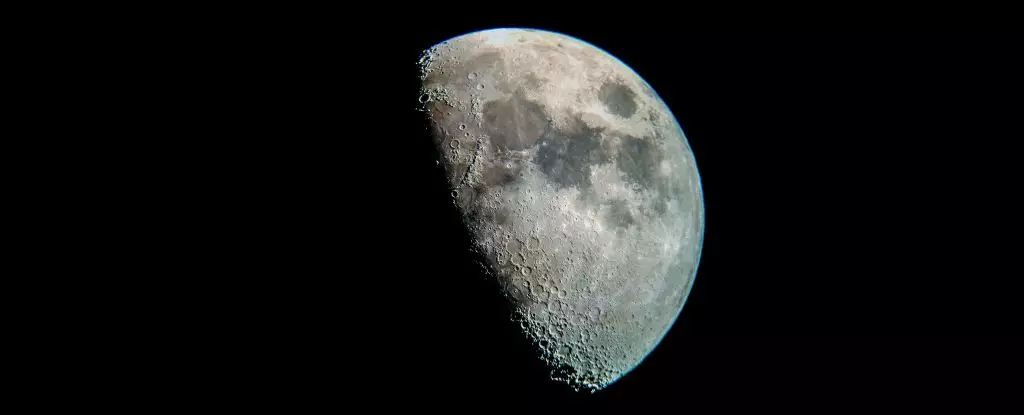The Moon has captivated human imagination for centuries, igniting debates on its composition and formation. Recent research has brought clarity to one of the enduring mysteries of our celestial neighbor: the structure of its inner core. A pivotal study published in May 2023 unequivocally demonstrates that the Moon’s inner core is solid, with density comparable to that of iron. This revelation not only enhances our understanding of the Moon itself but also offers significant insights into the broader narrative of our Solar System’s history.
A Breakthrough in Lunar Research
Led by astronomer Arthur Briaud from the French National Centre for Scientific Research, the study builds upon previous research while leveraging a wealth of data gathered from diverse sources, including existing lunar seismic data from the historic Apollo missions, as well as advanced laser-ranging experiments. These resources, although rich, posed a challenge due to the limitations of their resolution, making it difficult to ascertain the precise characteristics of the Moon’s core.
The researchers ingeniously compiled a comprehensive profile of the Moon’s geological attributes, examining factors like its gravitational interaction with Earth, variability in distance, and density. By modeling various core structures, they sought to correlate these geological attributes with evidence collected through seismic methods. Their findings not only confirmed existing theories but also proposed new hypotheses regarding the Moon’s evolution and geological dynamics.
One of the most intriguing aspects of the study is the discovery of active overturn within the Moon’s mantle. This process involves denser substances descending toward the inner core while lighter materials ascend, suggesting a level of geological activity previously underappreciated. Such dynamics provide a plausible explanation for the unique composition of elements found in volcanic regions on the Moon, underscoring the Moon’s complex geological history.
In addition to this overturn mechanism, the researchers found that the Moon’s inner core bears striking similarities to Earth’s core, comprising an outer fluid layer and a solid inner core. Specifically, the study estimates that the outer core has a radius of approximately 362 kilometers (225 miles) and the inner core measures about 258 kilometers (160 miles), representing roughly 15% of the Moon’s total radius. The inner core’s density, calculated at about 7,822 kilograms per cubic meter, approaches that of iron, reaffirming the core’s robust geological structure.
Confirmation of Previous Findings
Interestingly, the team’s findings resonate harmoniously with earlier research conducted by NASA scientists in 2011, who also proposed the existence of a solid inner core. Their study yielded findings of a 240-kilometer radius inner core with a similar density. With this newly published data, Briaud and his team have laid the groundwork for a more profound understanding of the Moon’s geophysical properties, reinforcing earlier conclusions and further asserting that the Moon possesses an Earth-like core structure.
The implications of these discoveries extend beyond mere curiosity. The Moon, which once held a powerful magnetic field that began to wane around 3.2 billion years ago, is now understood through a lens that connects its core’s structure to the genesis and eventual decline of that magnetic field. As magnetic fields are produced by convection currents within the core, understanding the Moon’s inner dynamics may illuminate critical aspects of its historical and geological record.
The implications of this research are particularly relevant as humanity sets its sights on returning to the Moon with ambitious plans for exploration and potential colonization. With new lunar missions on the horizon, the potential for seismic verification of these findings looms large. Such missions can utilize advanced seismological technology to gather more intricate data, further confirming the structure and behavior of the Moon’s interior.
The investigation into the Moon’s inner core enhances our understanding of not only the Moon itself but also the foundational geology of the Solar System. With each new revelation, we move closer to unraveling the Moon’s story, igniting a quest for knowledge that has persisted for centuries. As our exploration endeavors intensify, the Moon promises to remain an essential key to unlocking the secrets of both our planetary neighbor and the cosmos as a whole.

